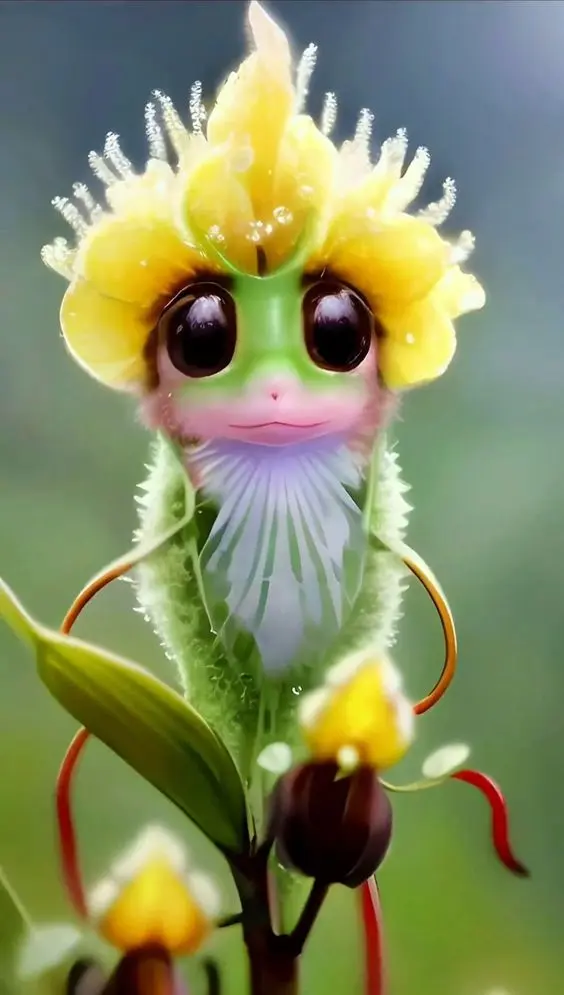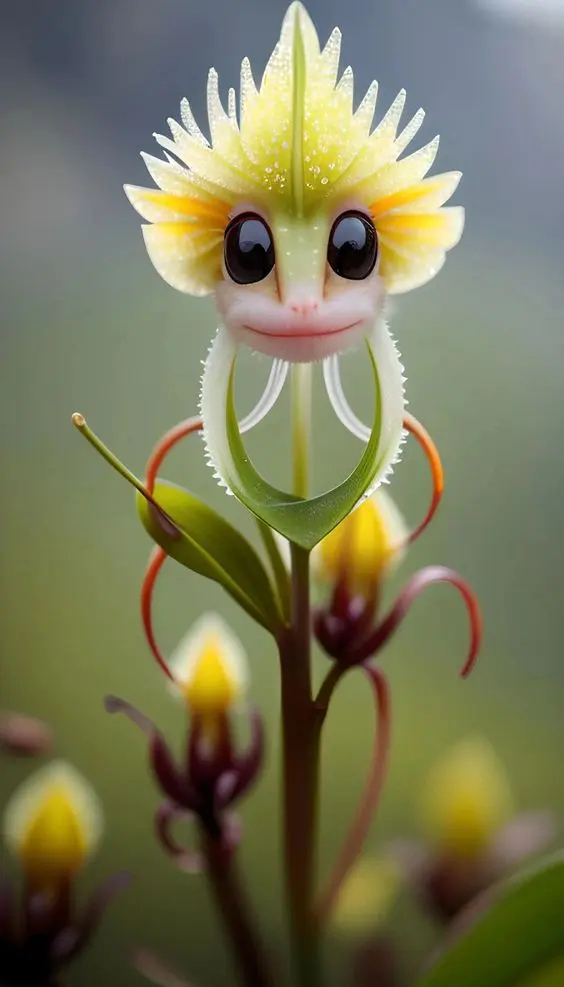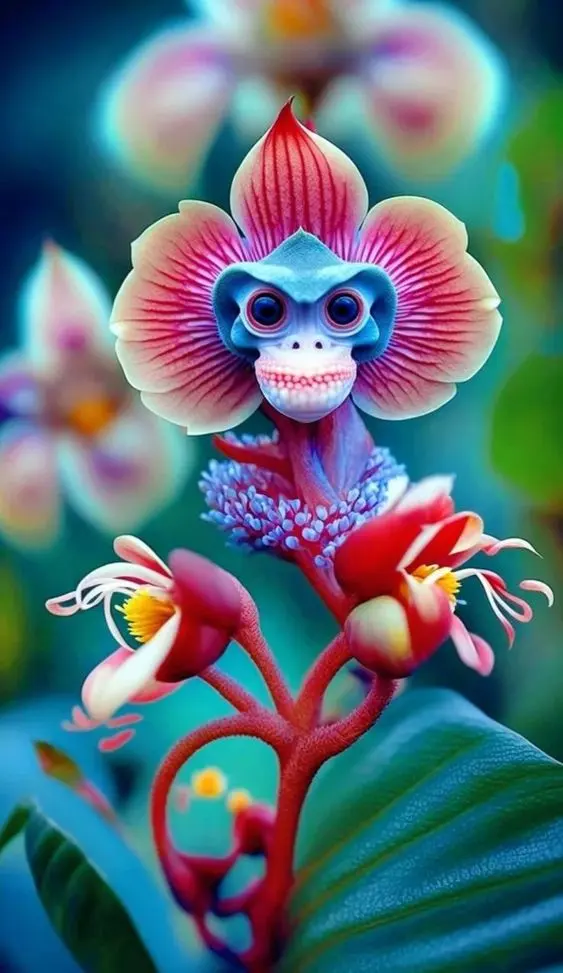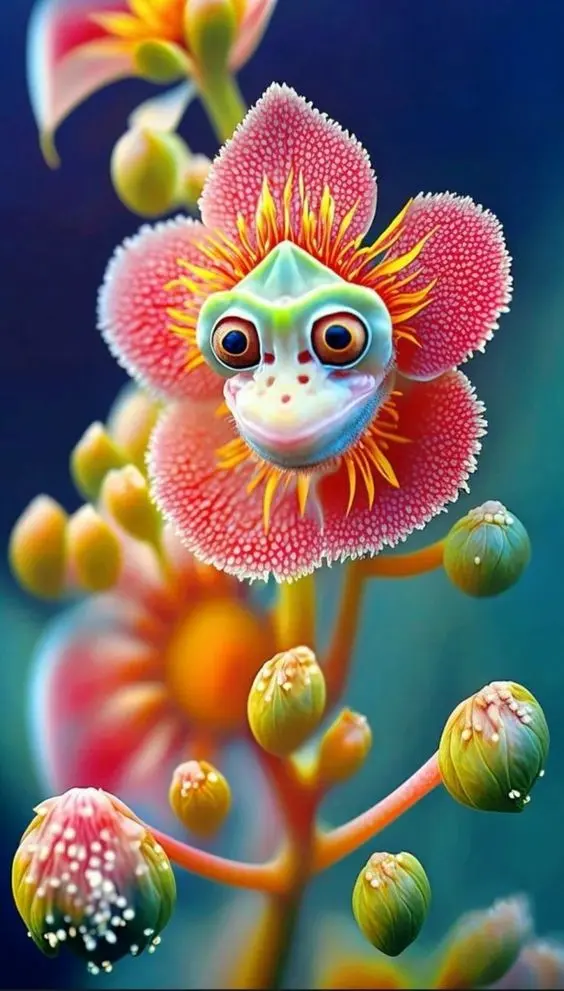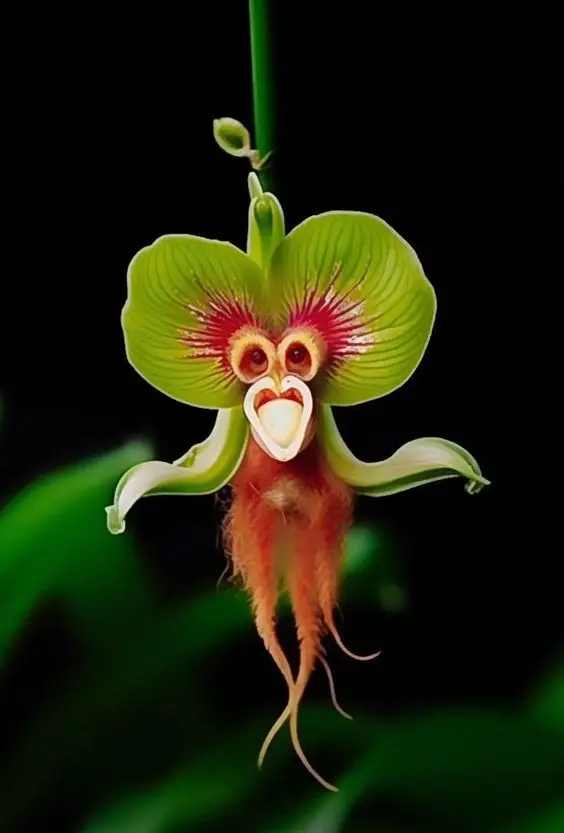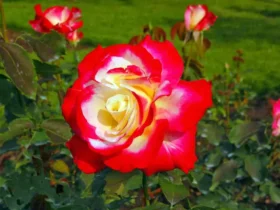In the intricate world of orchids, one species stands out with its remarkable resemblance to a primate’s face – the Monkey Face Orchid (Dracula simia). With its unique and whimsical appearance, these fascinating flowers have captured the imagination of botany enthusiasts and nature lovers around the globe. In this article, we will explore the captivating world of Monkey Face Orchid flowers, delving into their appearance, habitat, cultivation, and the sense of wonder they inspire.
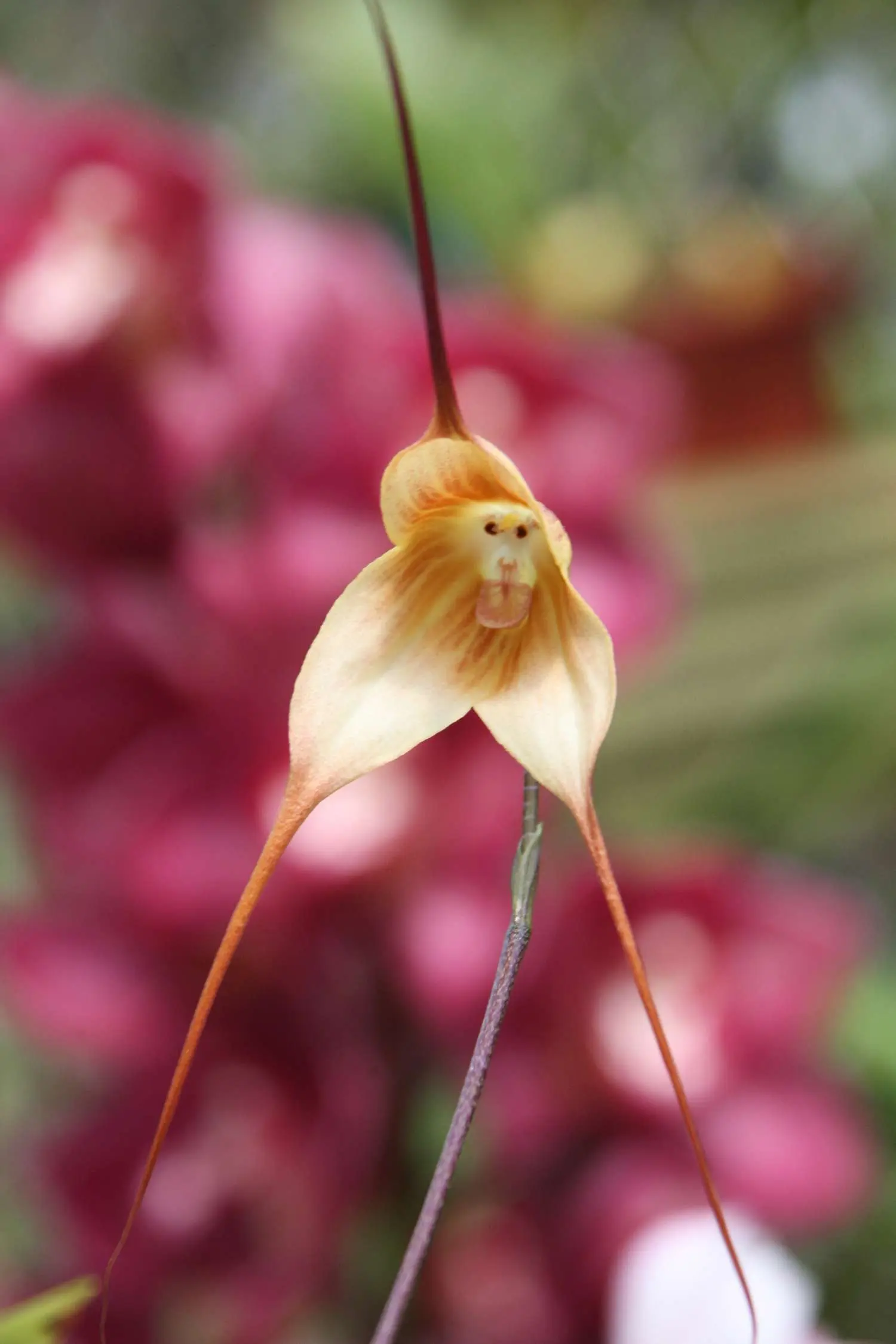
Appearance and Resemblance
The Monkey Face Orchid gets its name from its uncanny resemblance to the face of a monkey or a baboon. When in full bloom, the flower’s vibrant colors, intricate patterns, and unusual shape combine to create a striking image that evokes a sense of whimsy and surprise. The petals, often in shades of brown, green, and maroon, form a rounded shape with a central opening that resembles a monkey’s face, complete with “eyes” and a “mouth.” Each flower measures approximately 5 to 7 centimeters (2 to 3 inches) in size, further enhancing its charming appeal.
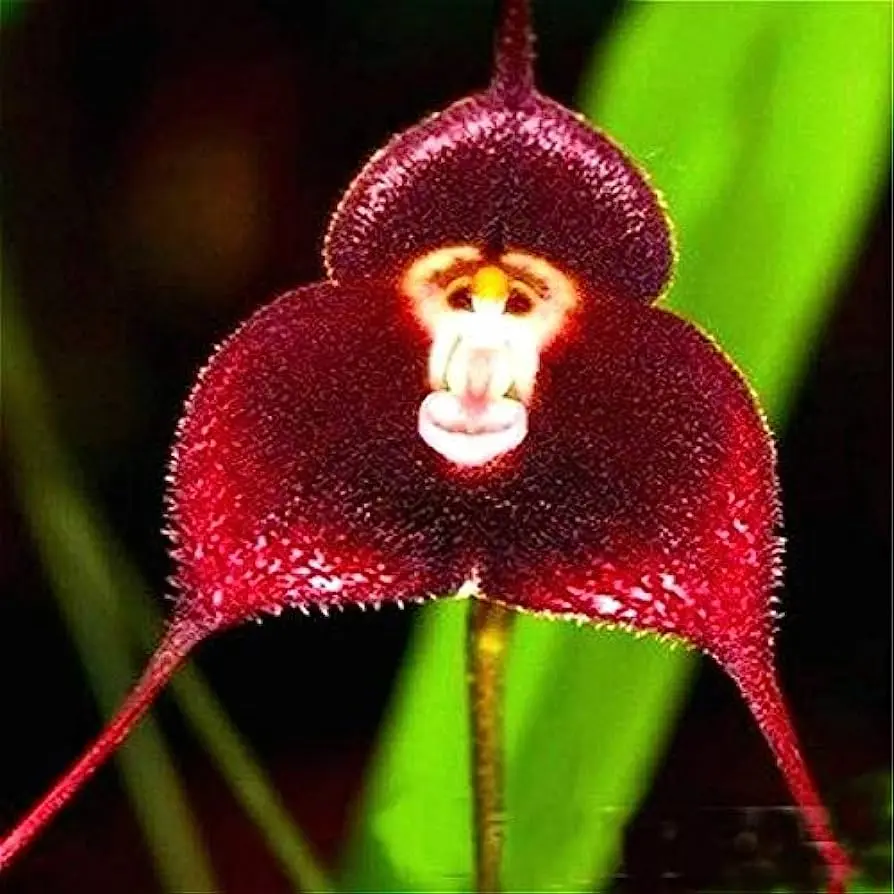
Habitat and Natural Distribution
Monkey Face Orchids are native to the cloud forests of Ecuador and Peru, where they grow at altitudes ranging from 1,000 to 2,000 meters (3,300 to 6,600 feet) above sea level. These orchids are epiphytic, meaning they grow on trees or rocks without deriving nutrients from the host plant. They thrive in the cool and humid conditions of their natural habitat, often found nestled among moss and other forest vegetation.
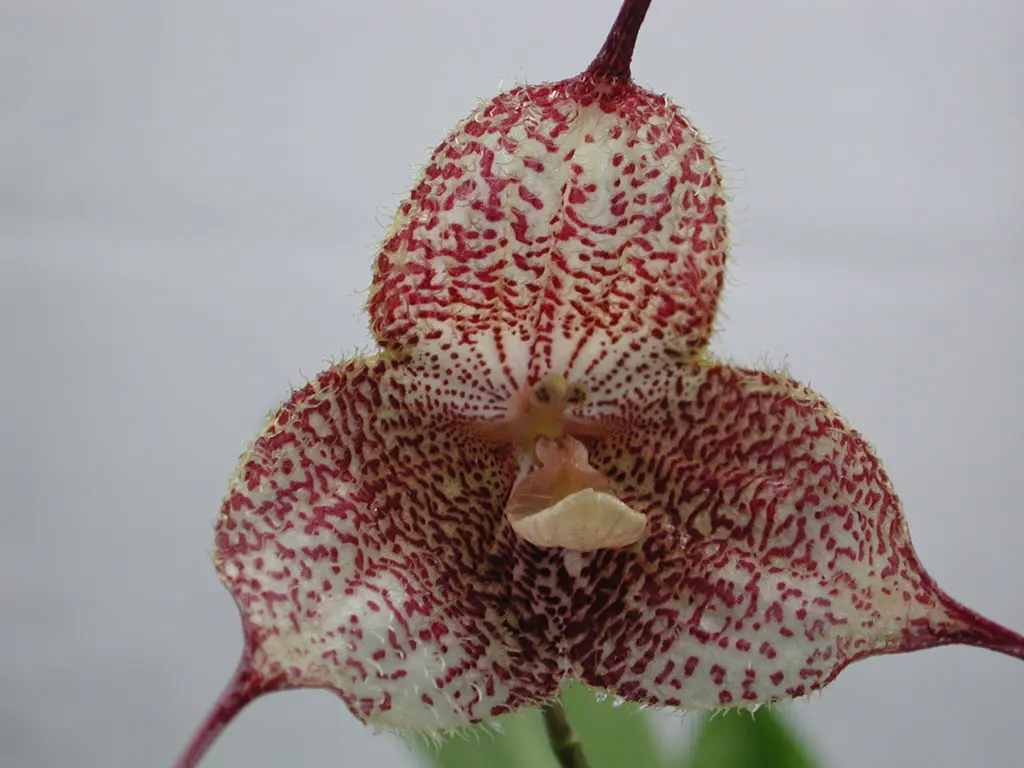
Types of Monkey Face Orchid flowers
The Monkey Face Orchid, scientifically known as Dracula simia, is a unique and fascinating orchid species that resembles the face of a monkey. Here are a few examples of Monkey Face Orchid flowers:
- Dracula simia ‘Monkey Face’: This is the classic Monkey Face Orchid variety that features distinct monkey-like faces on the flower petals. The petals are usually orange or reddish-brown with dark spots and patterns, resembling a monkey’s face with eyes, nose, and mouth.
- Dracula simia ‘Baboon’: The Baboon variety of Monkey Face Orchid has flower petals that are predominantly brownish-red with dark spots and markings. The face-like features on the petals closely resemble that of a baboon.
- Dracula simia ‘Gorilla’: The Gorilla variety of Monkey Face Orchid showcases flower petals that are typically brown or reddish-brown with intricate markings and patterns resembling the face of a gorilla.
- Dracula simia ‘Orangutan’: The Orangutan variety of Monkey Face Orchid exhibits flower petals that are usually orange or reddish-orange with dark spots and patterns, resembling the face of an orangutan.
- Dracula simia ‘Chimpanzee’: The Chimpanzee variety of Monkey Face Orchid features flower petals that are typically brownish or reddish-brown with distinct markings resembling the face of a chimpanzee.
These are some of the named varieties of Monkey Face Orchid that are commonly available. Each variety displays unique coloration and patterns, but they all share the characteristic monkey-like face on their petals. Monkey Face Orchids are highly sought after by orchid enthusiasts and nature lovers due to their intriguing and whimsical appearance.
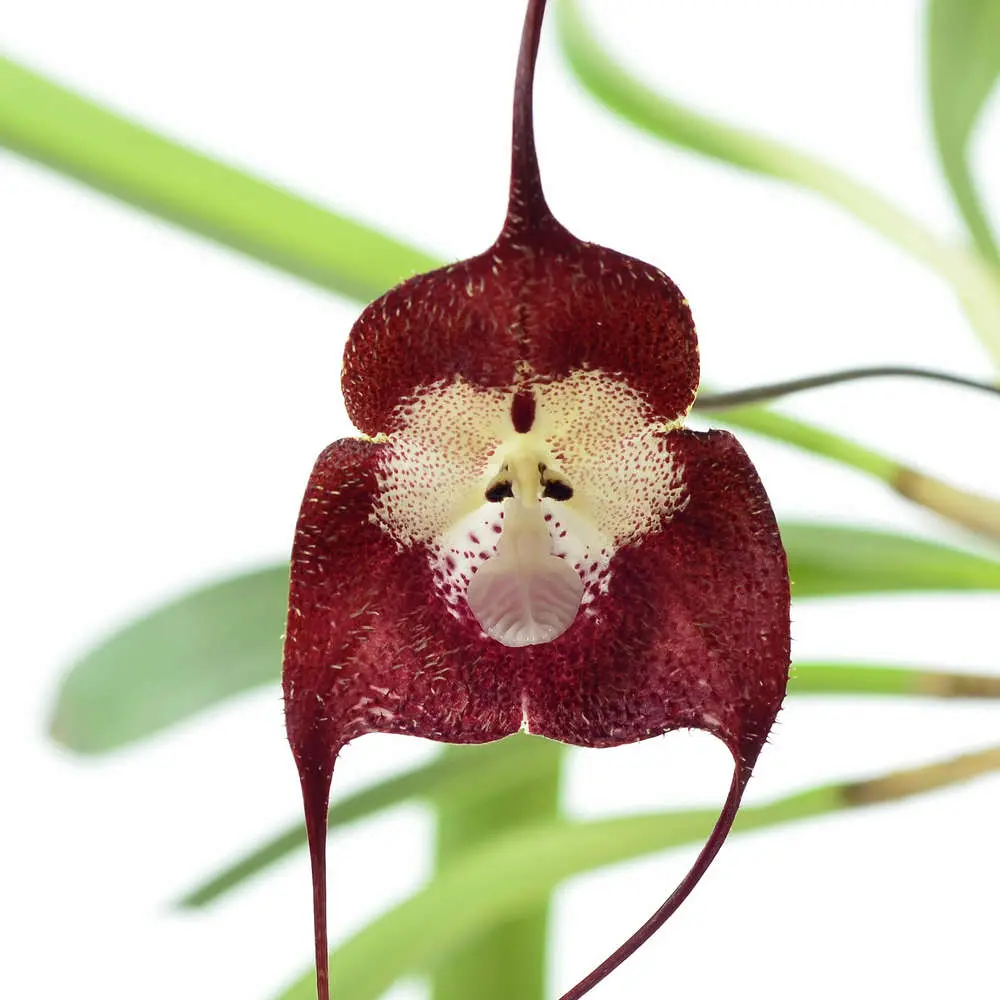
Cultivation and Care
Due to their unique appearance and popularity among orchid enthusiasts, Monkey Face Orchids have gained attention in cultivation. However, they are not the easiest orchids to grow and require specific conditions to thrive. Mimicking their natural habitat is crucial, with a focus on providing cool temperatures, high humidity, and bright but filtered light. Sphagnum moss, bark, or a well-draining orchid mix can be used as a growing medium. It is recommended to consult experienced orchid growers or seek specialized guidance when attempting to cultivate these distinctive flowers.
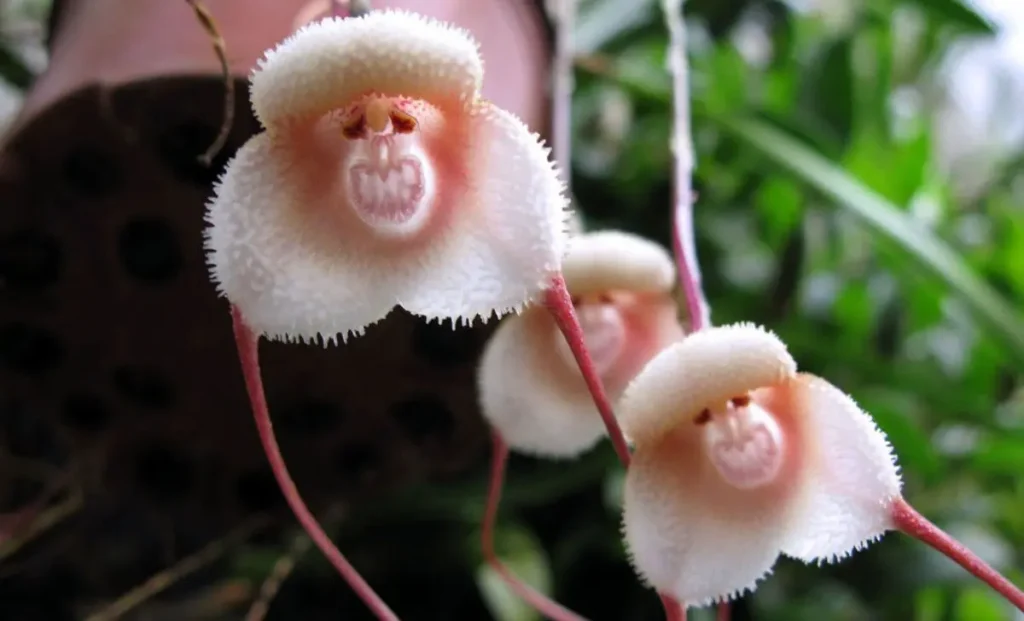
Conservation and Rarity
The Monkey Face Orchid, like many other orchid species, faces the threat of habitat destruction and illegal collection due to its unique appearance. This, coupled with the challenges of cultivation, has led to its classification as a rare and endangered species. It is crucial to support conservation efforts, protect their natural habitats, and discourage the illegal trade of these remarkable flowers.
Symbolism and Wonder
Monkey Face Orchids evoke a sense of wonder and fascination, inspiring various interpretations and emotions. Some see them as a symbol of playfulness, curiosity, and the beauty of nature’s diversity. Others find joy in their whimsical appearance, finding solace in the reminder that nature can surprise and delight us with its creativity. Whatever the interpretation, these flowers serve as a reminder of the intricate wonders that exist in the natural world.
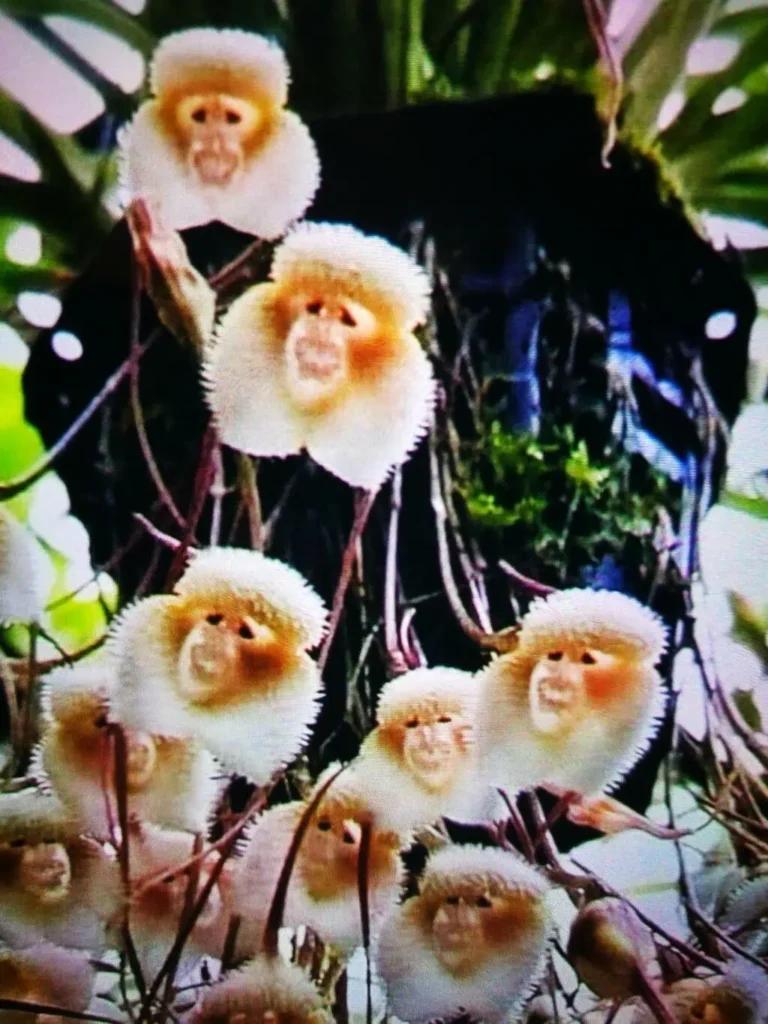
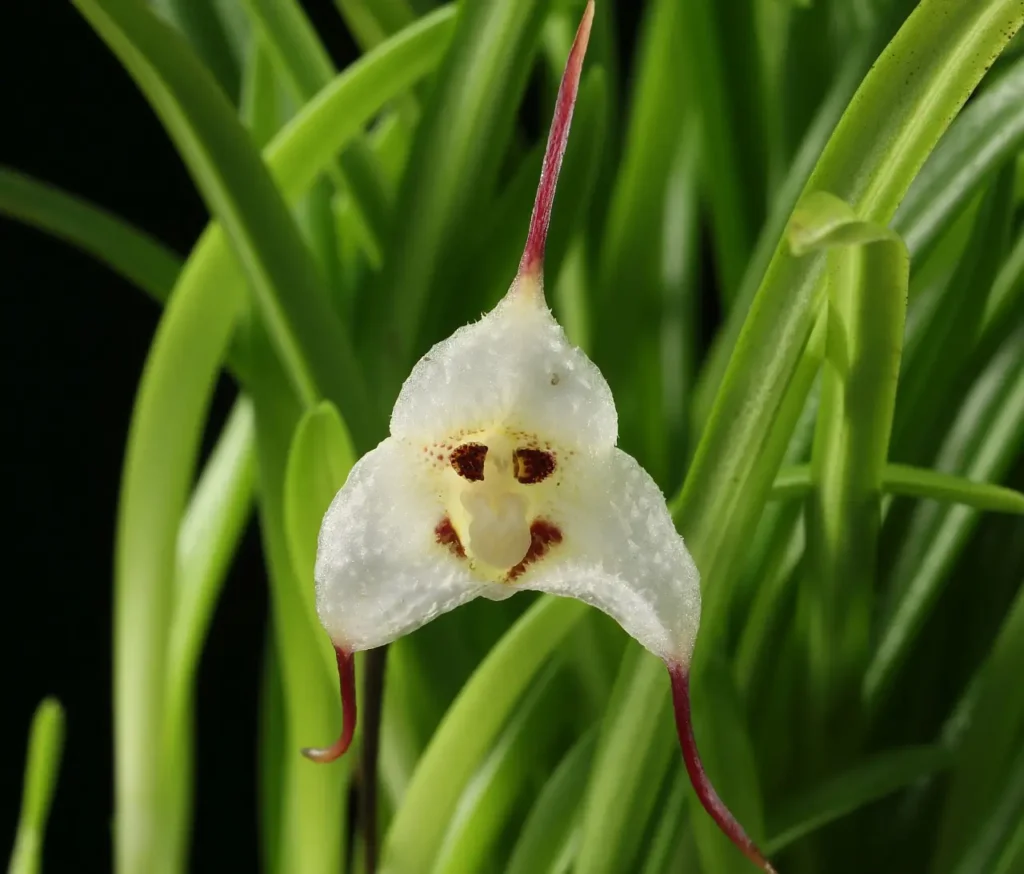
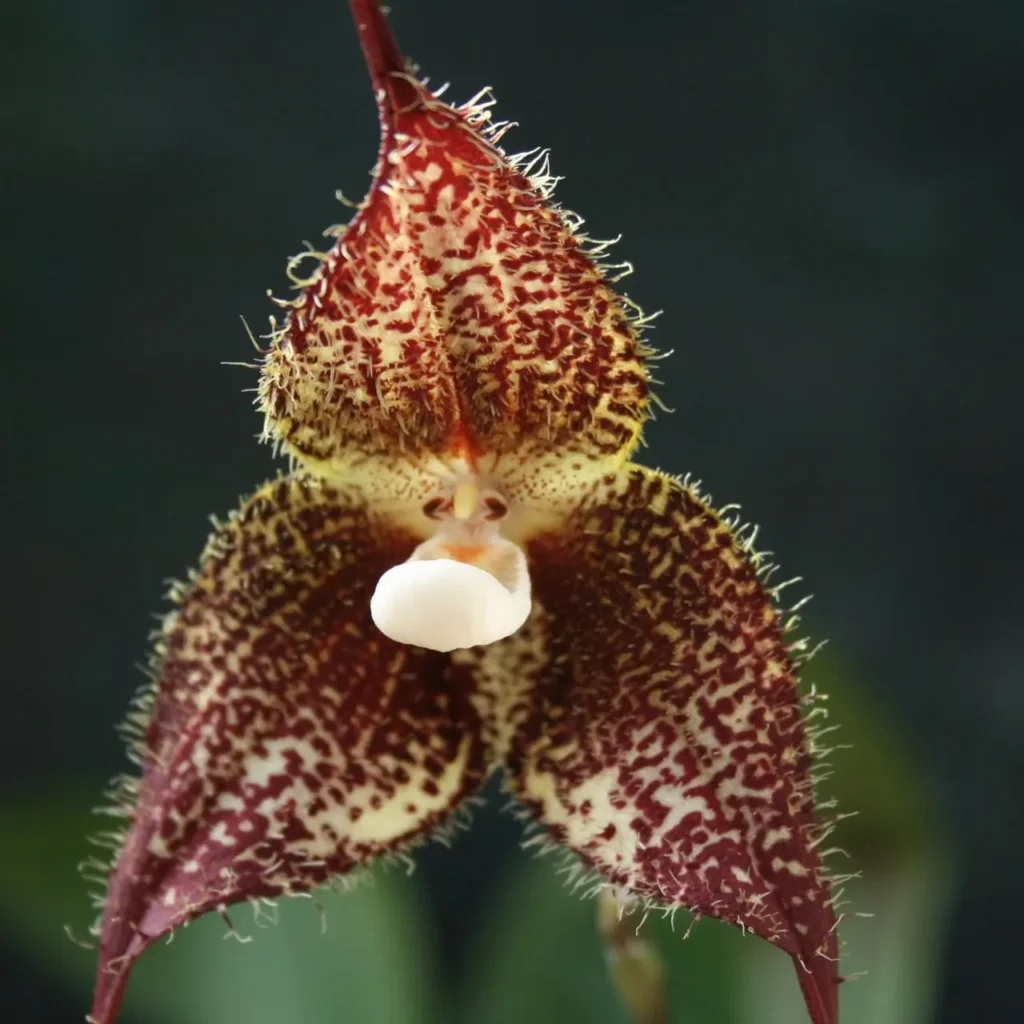
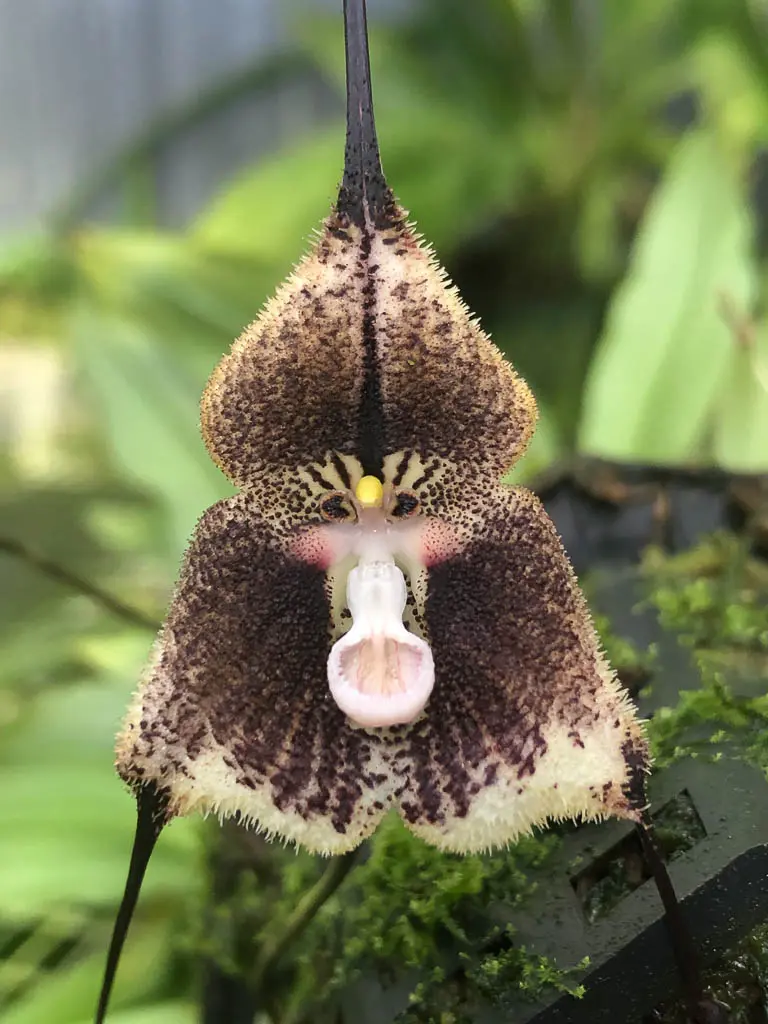
The Monkey Face Orchid, with its curious and captivating appearance, stands as a testament to the incredible diversity and ingenuity found in the plant kingdom. Its striking resemblance to a primate’s face sparks wonder and ignites our imagination. While these rare and unique flowers present challenges in cultivation, their allure serves as a reminder to appreciate the beauty and intricacy of nature’s creations. By understanding and conserving these remarkable orchids, we can ensure that future generations can continue to marvel at their whimsical charm.
